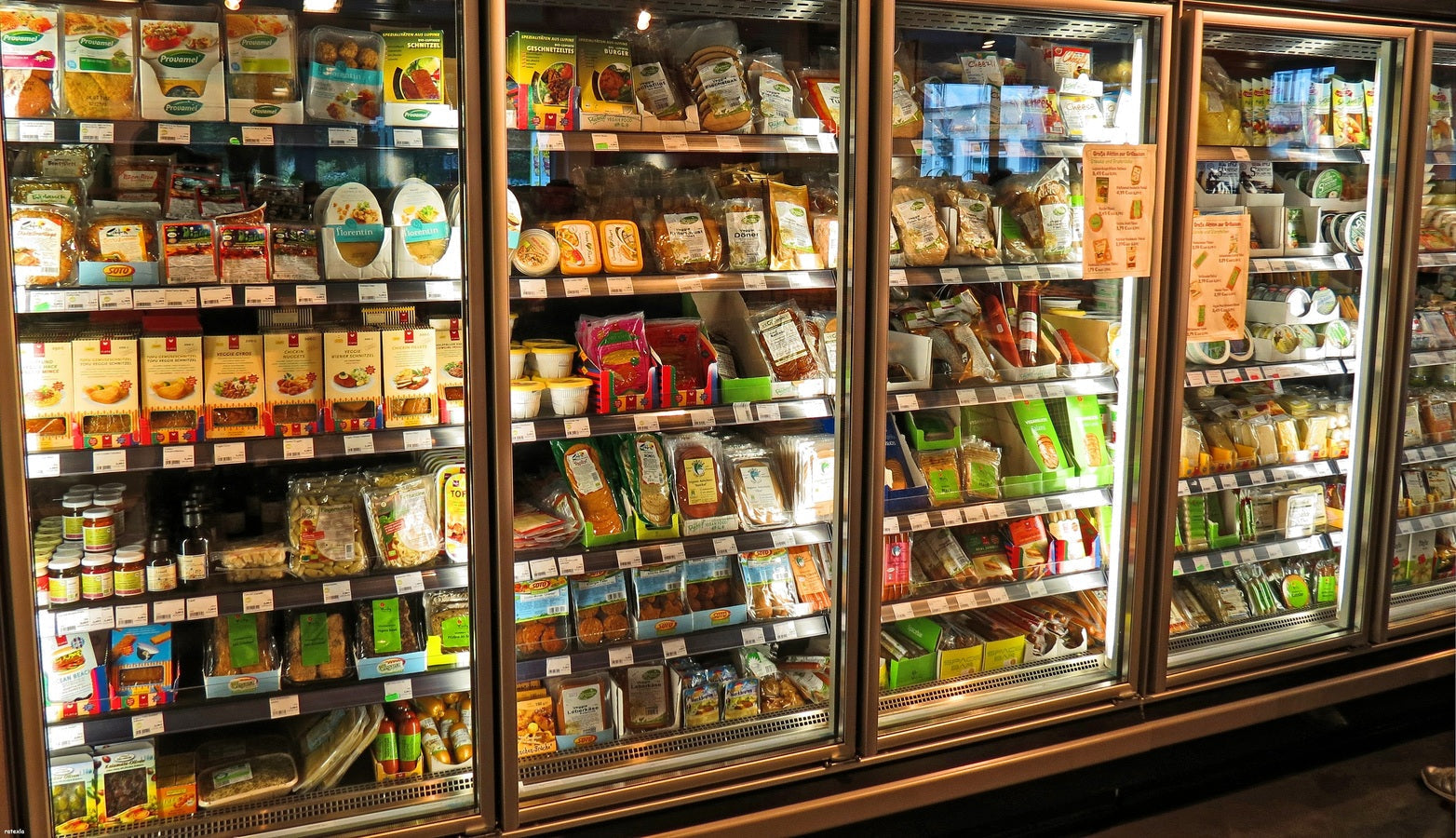Commercial refrigerators, freezers and ice makers use the same cooling principles as domestic fridges and freezers. The refrigeration cycle works by moving pressurized gas between high and low pressure components which can be used to remove heat from a cabinet.
The refrigeration process has the following 4 steps:
-
The Condenser Coil (Also called the radiator) receives the compressed (and heated) refrigerant gas from the compressor. The heated gas is cooled as it passes through the coil and comes into contact with the cooler, ambient (external) air and changes into liquid form (still at high pressure.)
-
The liquid coolant then passes through an Expansion Valve (throttling device) as it travels into the cabinet which expands the liquid into a gas, drops its pressure and therefore also drops its temperature.
-
The coolant then absorbs the heat from inside the cabinet as it expands inside the Evaporator Coil (on the inside of the fridge) and cycles back towards the compressor.
-
The Compressor - Also referred to as the ‘motor’, this is the heart of any fridge or freezer and its function is to compress (and heat) the low pressure, low temperature refrigerant gas into a more condensed and heated gas form and also pump the gas through the other refrigeration components.





